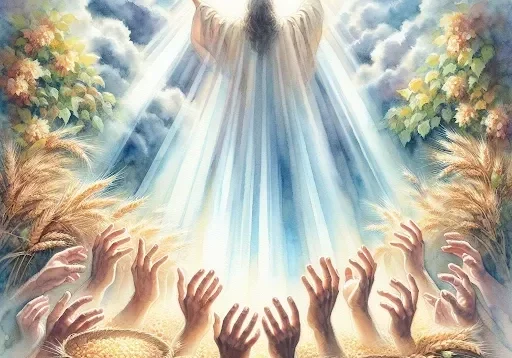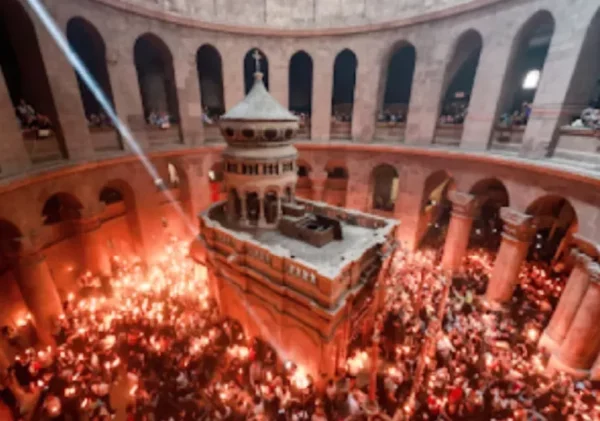The Red Heifer in the Bible: What does it signify?

SHARE
The concept of the red heifer is a notable aspect of certain biblical texts and traditions within Judaism, especially in connection with the idea of ritual purification and the rebuilding of the Third Temple.
This article will explore the origins of the red heifer in the Bible, its role in Jewish traditions, and the modern interest in its significance.
What is heifer?
A heifer is a young female cow, especially one that has not yet given birth to a calf. In general English usage, there isn’t a direct synonym for “heifer” because it refers specifically to a female cow that has not borne offspring. However, in agricultural contexts, terms like “young cow” or “maiden cow” might be used to describe a heifer.
What is the red heifer in the bible?
The primary reference to the red heifer in the Bible is found in the Old Testament book of Numbers, chapter 19. This passage outlines the ritual involving a red heifer that the Israelites were to perform for purification:
“The Lord spoke to Moses and Aaron, saying: This is a statute of the law that the Lord has commanded: Tell the Israelites to bring you a red heifer, without defect and in which there is no blemish, and which has never borne a yoke. You shall give it to the priest Eleazar, and it shall be taken outside the camp and slaughtered in his presence. Then the priest Eleazar shall take some of its blood with his finger and sprinkle it seven times towards the front of the tent of meeting.” (Numbers 19:1-4)
Significance in Jewish Tradition
The red heifer has deep symbolic and ritual significance in Jewish tradition. The heifer must be completely red without blemish or defect and have never been used for any work. Finding such an animal is rare, and when a red heifer is found, it is considered a major religious event.
The ashes of the red heifer are necessary for the ritual purification of individuals who have been defiled by contact with death. Since the destruction of the Second Temple in 70 CE, the ritual of the red heifer has not been carried out because it was primarily associated with the Temple’s rituals.
Modern Interest and the Third Temple
In recent years, there has been renewed interest in the concept of the red heifer, particularly among groups in Judaism that advocate for the rebuilding of the Third Temple in Jerusalem. According to some interpretations, the ashes of the red heifer are necessary to ritually purify individuals involved in the process of rebuilding the Temple.
Several organizations are actively seeking to breed red heifers that meet the stringent biblical criteria. When a suitable red heifer is found, it is seen by some as a sign of the potential imminent rebuilding of the Third Temple. This belief has led to a great deal of speculation and interest in the potential implications of finding a red heifer.
Conclusion
The red heifer remains an intriguing and significant aspect of biblical tradition and contemporary Jewish thought. While its immediate role in ritual purification is currently suspended due to the absence of the Temple, the search for and discussions about the red heifer continue to evoke strong interest and anticipation regarding its possible role in future religious events.
*Cover Photo/Thumbnail Photo: My Jewish Learning
RELATED ARTICLES

I’m a Christian and I Got No Startup Money!

Tempted to Abandon My Calling

A Christian’s Call to Wise Listening









